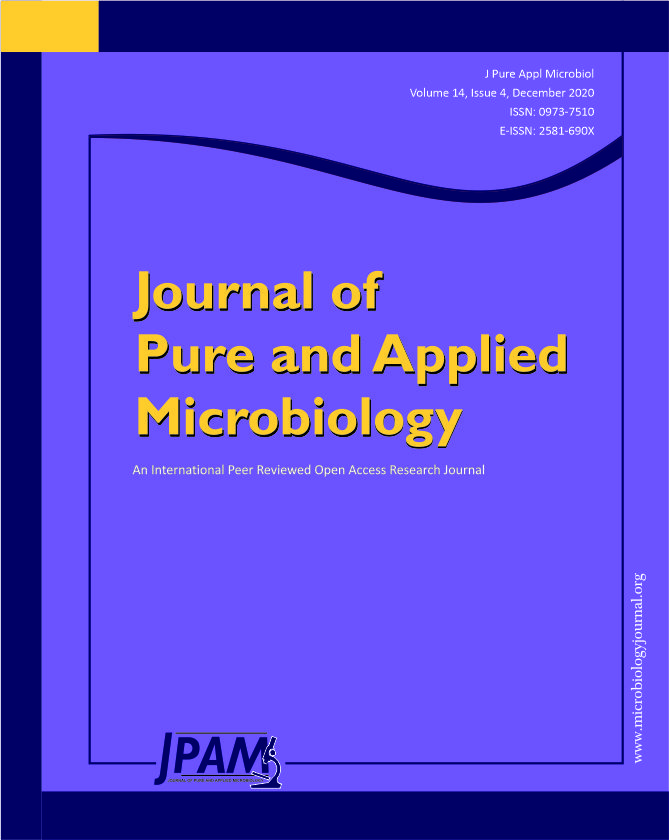The virulence factors of dermatophytes play a vital role in the etio-pathogenesis and emergence of drug resistance. Regular surveillance is essential for constant monitoring of association of virulence factors in the emergence of drug resistant isolates and to guide proper therapeutic strategies to combat infections due to drug resistant isolates of dermatophytes. The aim of this study is to isolate and identify various enzymatic and non-enzymatic virulence factors of dermatophytes isolated from clinically suspected cases of dermatophytosis attending the dermatology outpatient clinic. From 30 clinical samples received from department of Dermatology to the department of Microbiology during the study period July to December 2019, KOH mount and fungal culture was done and only the isolates which grew dermatophytes were used for detecting virulence factors using standard methods. Among 30 affected patients, 13 were male (43.3%) and 17 were female (56.7%) with age range of 13 to 60 years. Skin sample yielded positive growth in 96.6% of the cases. Out of 30 samples, 6 samples were positive for Trichophyton mentagrophytes. Tinea corporis was the common manifestation which yielded positive growth. Female predominance was seen. Male predominance was seen in younger age group while females were more commonly affected in older age group. Adolescents were commonly affected age group (40%). Then people between age 41-50 (middle age group) were mostly affected. The six Trichophyton mentagrophytes were found to have enzymatic and non- enzymatic virulence factors. All the virulence factors included in the study were present in Trichophyton mentagrophytes.
Anti-fungal susceptibility, Trichophyton mentagrophytes, Tinea corporis
© The Author(s) 2020. Open Access. This article is distributed under the terms of the Creative Commons Attribution 4.0 International License which permits unrestricted use, sharing, distribution, and reproduction in any medium, provided you give appropriate credit to the original author(s) and the source, provide a link to the Creative Commons license, and indicate if changes were made.


